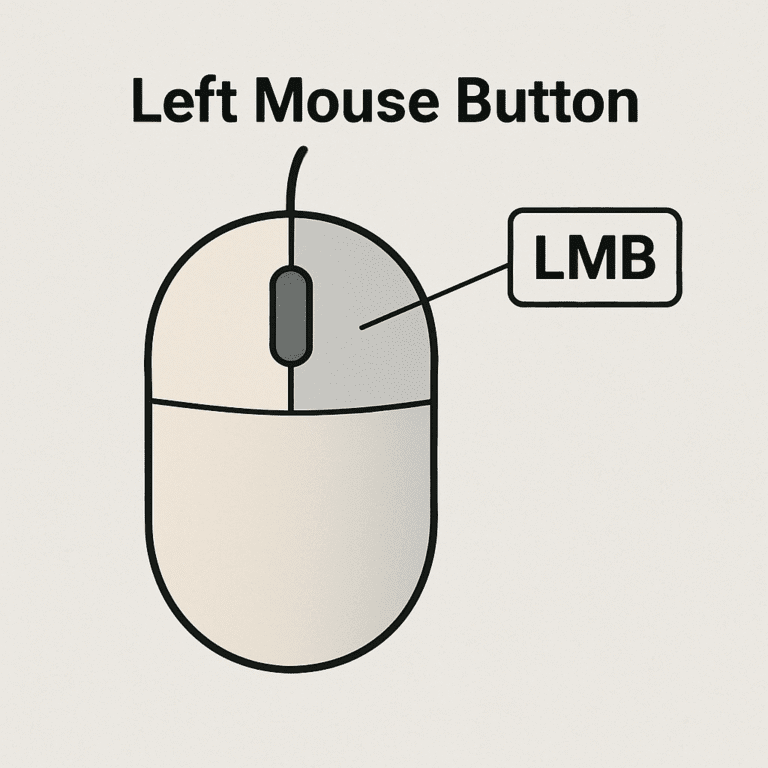Apple Vision Pro, a mixed-reality headset priced at $3,499, was launched with the promise of revolutionizing spatial computing by blending augmented and virtual reality experiences. Despite its advanced technology, the device has faced significant challenges, including high costs and a limited app ecosystem, leading to reduced production and questions about its future in the mixed-reality market.
Market Performance and Challenges (Apple Vision Pro)
High Price Point
The Vision Pro’s premium pricing has been a major barrier to widespread consumer adoption. At $3,499, it positions itself as a luxury item, limiting its appeal to a niche market of early adopters and tech enthusiasts. This strategy contrasts with more affordable alternatives like Meta’s Quest 3, which offers mixed-reality experiences at a fraction of the cost.
Limited App Ecosystem
A robust app ecosystem is crucial for the success of any new platform. However, the Vision Pro has struggled to attract major software developers, resulting in a lack of compelling applications that could drive consumer interest. This deficiency hampers the device’s utility and diminishes its value proposition to potential buyers.
Production Cuts
In response to tepid demand, Apple has reportedly scaled back production of the Vision Pro. Initial forecasts anticipated higher sales, but the company has adjusted its expectations, reflecting the challenges in gaining traction within the mixed-reality market.
Follow our article about Apple Vision Pro: A Mixed Reality Revolution Faces Market Challenges.
Expert Opinions
Industry experts have weighed in on the Vision Pro’s struggles. Palmer Luckey, founder of Oculus and CEO of Anduril, described the headset as “ludicrously expensive,” suggesting that Apple’s strategy was to set a high standard rather than target the mass market. He believes the device appeals mainly to tech enthusiasts, aligning with the observed low demand since its release.
Analysts have also noted that while all major voice assistants have faced issues, recent advancements in AI-driven chatbots have outpaced Siri, leaving it lagging behind. These delays raise concerns about Apple’s innovation under CEO Tim Cook’s leadership, though analysts acknowledge Cook’s success in maintaining the company’s stability and financial success post-Steve Jobs.
Future Prospects
Despite current challenges, there is optimism about the future of mixed reality. Experts anticipate major developments in productivity, gaming, and entertainment applications, which could enhance the appeal of devices like the Vision Pro. However, achieving mass-market adoption will likely require addressing pricing and app ecosystem limitations to offer a more compelling value proposition to consumers.
Conclusion
The Apple Vision Pro exemplifies cutting-edge mixed-reality technology but faces significant hurdles in cost and content availability. For the Vision Pro to succeed, Apple must consider strategies to broaden its appeal, such as developing a more affordable version and fostering a vibrant app ecosystem. These steps are essential to position the Vision Pro as a mainstream device in the evolving mixed-reality landscape.







